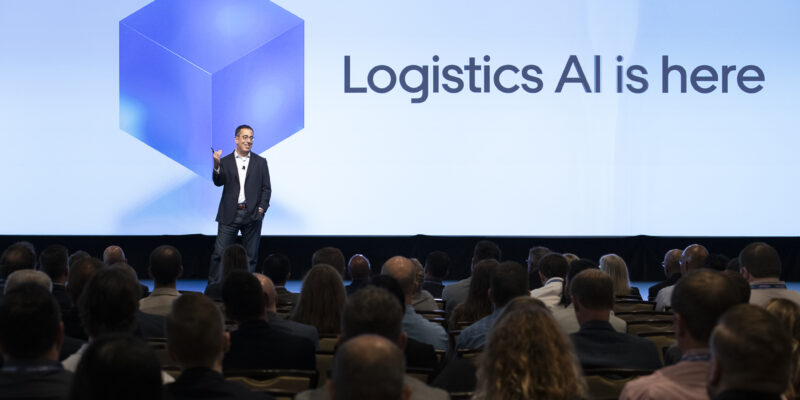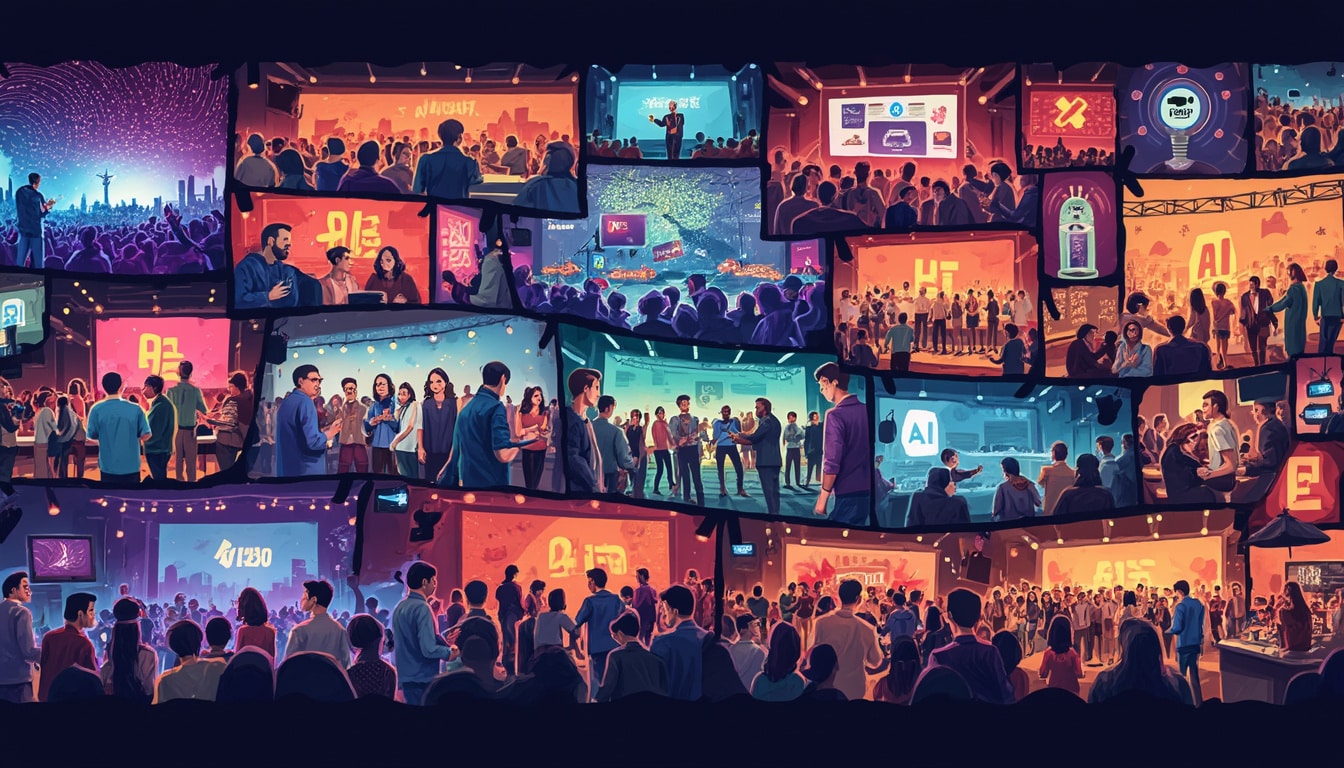In a world where speed and efficiency are essential, Uber positions itself as a key player in the revolution of urban transport. By cleverly utilizing artificial intelligence, the company transforms the way we move and interact with transport services. By integrating sophisticated algorithms, Uber optimizes not only ride management but also pricing and customer service. This innovative approach creates a smoother mobility experience while responding in real-time to the needs of users and drivers.

Uber establishes itself as a major player in the urban transport sector by using cutting-edge technologies, including artificial intelligence. The company radically transforms how trips are managed, optimizing each journey based on smartly analyzed data. This article explores the various facets of Uber’s innovation, from intelligent algorithms to operational automation, as well as the futuristic strategies that shape the mobility of tomorrow.
Table of Contents
ToggleAlgorithms for Optimized Ride Management
Thanks to big data, Uber is able to optimize ride management in real-time. The advanced algorithms they use analyze traffic flows, weather conditions, and user demand to dynamically adjust the routes suggested to drivers. This means reduced wait times and increased customer satisfaction, as each trip is adjusted to ensure the best possible experience.
Smart and Adapted Pricing
The pricing of Uber rides is also influenced by artificial intelligence. Through in-depth data analysis, Uber offers prices that reflect real-time market supply and demand. This method of dynamic pricing not only maximizes revenue for the company but also ensures that drivers are rewarded accordingly when there is high demand. Users therefore benefit from fairer and more transparent rates.
Automation and Flexible Operations
Automation plays a key role in Uber’s operations. With intelligent systems, the company is capable of efficiently coordinating many drivers and passengers simultaneously. AI helps anticipate and respond to fluctuations in demand, making operations within the Uber ecosystem not only reactive but also proactive.
A Futuristic Vision of Mobility
Uber is not limited to its current transport service; the company is also envisioning innovative transport solutions. Projects such as flying taxis are under development, supported by algorithms that take into account many parameters to juggle the complexity of urban air travel. This futuristic vision could radically change our way of moving, offering fast and efficient alternatives to the frequent traffic jams in cities.
Commitment to Continuous Innovation
By continuously integrating new technologies and strengthening its artificial intelligence research capabilities, Uber is committed to staying at the forefront of innovation. This dynamism allows the company not only to rapidly adapt to market changes but also to offer solutions that precisely meet user needs, making urban transport more accessible and sustainable.

- Ride Optimization: Use of advanced algorithms to determine the most efficient routes.
- Dynamic Pricing: Real-time price adjustments based on demand and traffic conditions.
- Intelligent Matchmaking: Quick and accurate pairing of clients with available drivers through data analysis systems.
- Demand Forecasting: Anticipation of user needs for optimal resource management.
- Improved Safety: Monitoring and analysis of trip data to enhance passenger safety.
- On-Demand Collective Transport: Real-time trip adjustments to maximize public transport efficiency.
- Vehicle Autonomy: Development of autonomous vehicles to reduce reliance on drivers.
- Ecology: Reduction of carbon emissions through optimized transport solutions.
Tu fais partie de quelle team toi ? pic.twitter.com/RFqcjO86Iz
— Uber France (@UberFR) September 4, 2024











